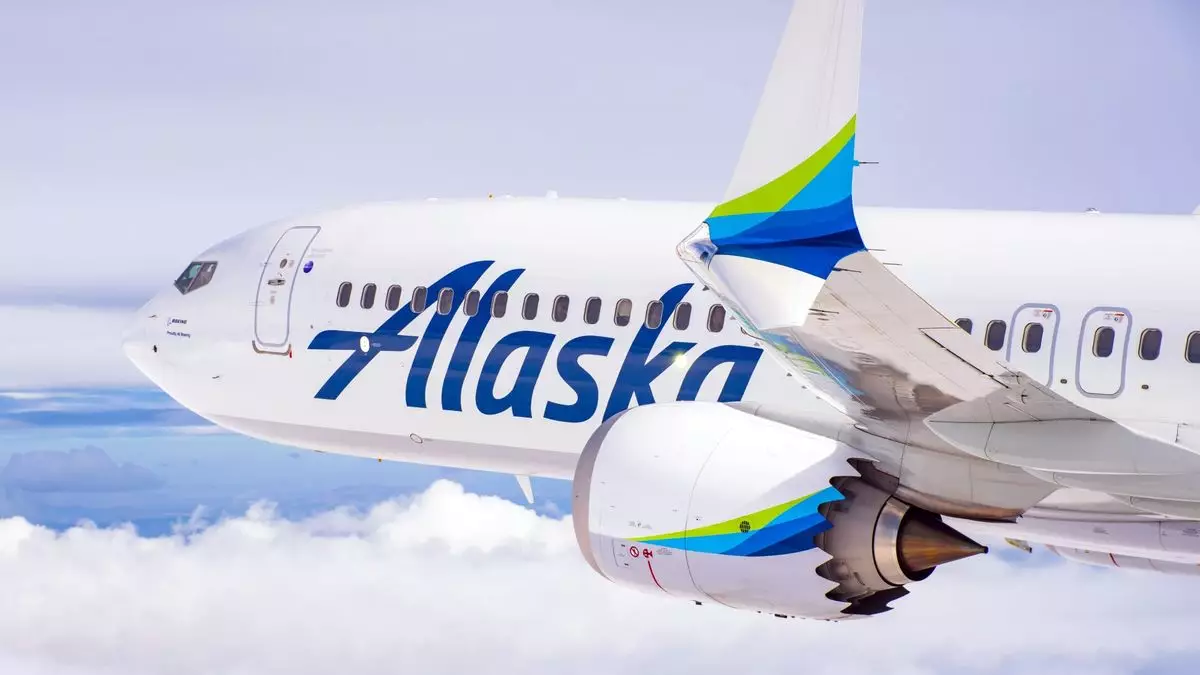The ongoing strike by Boeing machinists has put a significant halt to the production of various aircraft, including the highly anticipated Boeing 737 Max. Such industrial actions can reshape the landscape of airline operations, with U.S. carriers facing the brunt of the disruption. With a prominent expectation of aircraft deliveries during the final months of the year, airlines such as Alaska, American, and United are bracing for the ramifications of prolonged delays. The larger question, however, is how these delays will alter not just immediate operations but also the future dynamics of airline competition and scheduling.
Following an analysis from Bloomberg Intelligence, it emerges that Alaska Airlines was expecting the highest number of Max deliveries at 14 units. American Airlines and United Airlines were also poised to receive significant numbers, with forecasts of 10 and nine deliveries respectively. Collectively, the U.S. airlines were on track to receive 39 of the total 146 global deliveries of the 737 Max in the last quarter of the year. Fortunately for these carriers, the timing of the strike seems somewhat fortuitous as it will coincide with a natural decline in air travel following the summer season. This timing may cushion the blow inflicted by the production stoppage, potentially allowing airlines to recalibrate their capacity demands.
Globally, Boeing is still projected to deliver 36 of the 146 aircraft, primarily utilizing existing stock. Notably positioned to benefit are airlines from India and China, indicating a shift in the geographic landscape of aircraft acquisition. Companies like Air India and various Chinese carriers, including Air China and China Southern, are expected to reap the benefits of these deliveries, showcasing a possible pivot in market dynamics as American carriers navigate through operational uncertainties.
The strike, initiated after a significant majority of Boeing machinists rejected a tentative contract, raises questions about the timeline for resolution. The immediate future hinges on the resumption of negotiations between union representatives and Boeing’s management, facilitated by federal mediators. The outcome of these discussions will undoubtedly dictate not only the duration of the strike but also the production pace moving forward, impacting not just the 737 Max but also the Boeing 777 and 767 widebody aircraft.
The repercussions of the strike extend beyond U.S. airlines. Notably, air cargo giants like FedEx and military suppliers engaged in contracts for the U.S. Air Force tanker program stand to experience significant delivery delays. As the aerospace sector grapples with these challenges, the situation underscores the intricate ties between labor relations and global supply chains in the aviation industry. The stakes are high, not only for profitability but also for operational integrity as stakeholders across the spectrum seek to navigate these turbulent waters.
The Boeing strike presents a complex interplay of challenges for U.S. airlines while simultaneously opening doors for international competitors. The long-term impacts are likely to reverberate well beyond the immediate disruption, influencing strategic decisions, operational frameworks, and market positioning in the evolving landscape of the aviation sector.

